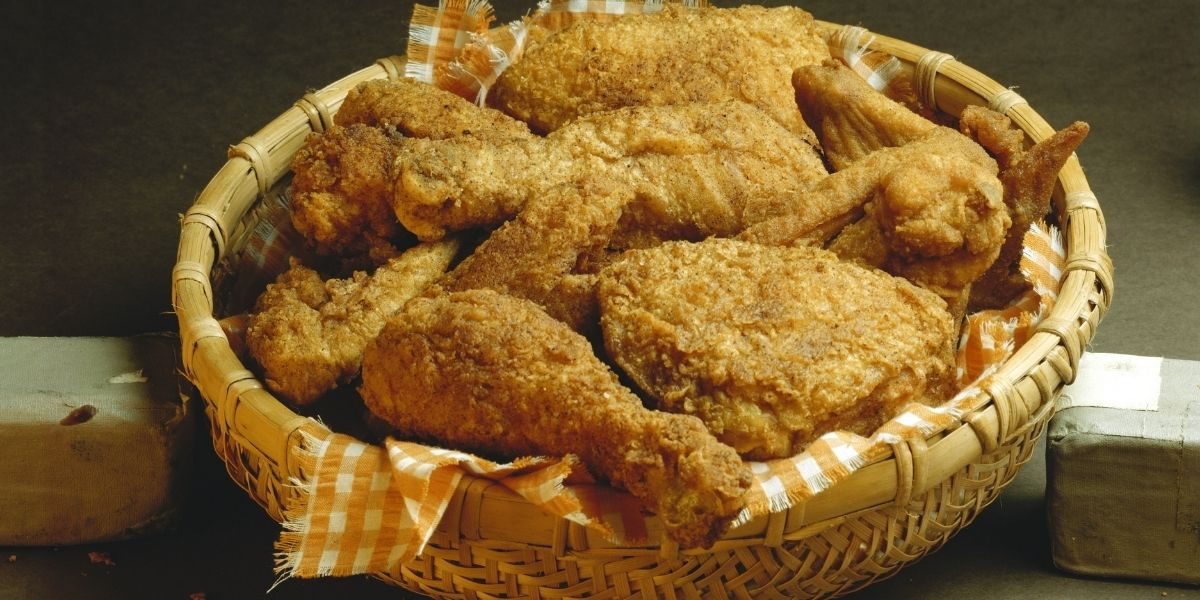Fried chicken holds a special place in kitchens and hearts across the globe. From humble beginnings as a simple comfort food to a culinary phenomenon embraced worldwide, fried chicken’s popularity transcends cultures, age groups, and dining occasions. It’s a dish that sparks memories, inspires innovation, and unites people through its irresistible combination of crispy texture and savory flavor.
Understanding why fried chicken resonates so deeply requires exploring its cultural roots, diverse preparation styles, and role in social experiences. Beyond the bucket of fast-food fame, fried chicken tells a story of tradition, adaptation, and shared enjoyment.
Read Also: How Short-Form Videos Are Shaping the Future of Social Media
What Makes Fried Chicken So Irresistible?
At its core, fried chicken offers a sensory delight: the satisfying crunch of its golden crust paired with juicy, tender meat inside. This contrast in texture is a universal appeal, satisfying primal cravings for fat, salt, and protein — essential elements our bodies have evolved to enjoy.
Beyond taste and texture, fried chicken is a highly versatile dish. It lends itself to countless seasoning blends, batters, and cooking techniques. Whether coated in a spicy batter, marinated in buttermilk, or double-fried for extra crispiness, each variation adds a new dimension to the experience.
Fried chicken is also an excellent vehicle for cultural expression. Communities across the world have adapted it to fit local tastes and ingredients, creating unique versions that reflect their heritage.
Fried Chicken’s Cultural Roots and Global Journey
The exact origins of fried chicken are debated, but it is widely accepted that its roots lie in a fusion of African and European culinary traditions. African cooks brought techniques like seasoning and frying to the Americas, where they combined these with Scottish frying methods.
In the American South, fried chicken became a staple, celebrated for its flavorful crust and tender meat. Over time, it evolved into a symbol of comfort, family gatherings, and hospitality.
From the United States, fried chicken spread worldwide through migration, trade, and globalization. Each culture embraced the dish, adapting recipes to local preferences. In Korea, for example, fried chicken is double-fried and coated with sweet and spicy sauces. In Japan, karaage features bite-sized pieces marinated in soy sauce and ginger before frying. In West Africa, versions include spicy peppercorns and local herbs.
This global journey reflects fried chicken’s remarkable adaptability and widespread love.
Social and Emotional Connections to Fried Chicken
Fried chicken often serves as more than food — it is a centerpiece for social bonding. Many people associate it with family dinners, picnics, church gatherings, and celebrations. Sharing a bucket of fried chicken invites connection and conversation.
The dish’s affordability and accessibility have also contributed to its role in community and culture. Fried chicken has long been a go-to meal in households where convenience and comfort matter. Today, it continues to bridge social divides, offering a common culinary language.
Moreover, fried chicken’s presence in pop culture — from movies to music — reinforces its iconic status. It is celebrated in songs, referenced in films, and featured in festivals, embedding itself in the cultural fabric.
Culinary Innovations and the Rise of Gourmet Fried Chicken
While fried chicken has deep traditional roots, it also inspires contemporary culinary innovation. Chefs and home cooks alike experiment with flavors, techniques, and presentations to elevate this beloved dish.
Innovations include infusing batters with exotic spices, incorporating global flavors like harissa or curry, and serving fried chicken in unexpected ways — such as in bao buns or atop gourmet salads. The trend of “fried chicken sandwiches” has sparked nationwide excitement, blending crispy chicken with artisanal buns and creative toppings.
Health-conscious versions have also emerged, with air frying and alternative coatings reducing fat without sacrificing crunch. Vegan and vegetarian adaptations use plant-based proteins and creative seasoning to mimic the classic experience.
This dynamic evolution keeps fried chicken relevant across generations and dining styles.
Fried Chicken as a Symbol of Cultural Identity and Pride
In many communities, fried chicken carries symbolic weight beyond taste. It represents resilience, creativity, and identity. For African American communities, fried chicken has historical significance tied to survival and cultural expression despite adversity.
Similarly, other cultures use fried chicken as a way to celebrate heritage and culinary ingenuity. It becomes a culinary emblem that honors tradition while welcoming innovation.
Festivals and competitions dedicated to fried chicken highlight this pride, showcasing recipes passed down through families and new creations pushing boundaries. These events foster community spirit and celebrate diversity within a shared love of food.
The Economic Impact of Fried Chicken Globally
Fried chicken is not only culturally important but also economically significant. The global fried chicken market is a multi-billion-dollar industry encompassing fast food chains, local eateries, and specialty restaurants.
Companies continue to invest in expanding fried chicken offerings, recognizing its enduring popularity. This growth creates jobs, supports agriculture (especially poultry farming), and drives innovation in food technology.
Additionally, fried chicken tourism — where travelers seek out famous fried chicken spots — has become a niche trend, contributing to local economies and cultural exchange.
Read Also: How Pottery Strengthens Focus, Patience, and Resilience
How Fried Chicken Brings People Together
Whether served at a backyard barbecue, a family reunion, or a bustling restaurant, fried chicken fosters togetherness. It encourages sharing, conversation, and enjoyment of a familiar pleasure.
Its universal appeal crosses borders and generations, creating moments of joy and connection. The simple act of passing a drumstick or sharing dipping sauces becomes an expression of hospitality and care.
In a world often divided, fried chicken stands as a delicious reminder of common ground.






